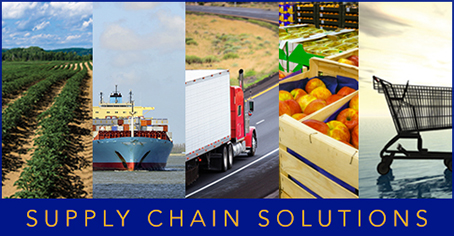Holidays are a particular challenge, according to the Consumer Fresh team. “Mother’s Day is the busiest foodservice holiday for us, but we’re competing with floral loads getting shipped out of Florida,” says Sheader. “The Fourth of July is another challenge. When you feel the trucking scenario tightening up, you have to get ahead of it and book loads early.”
In excess transportation capacity conditions, the temptation is to chase the lowest transportation rates available through brokers. But the “you get what you pay for” rule may apply as the lowest priced carrier may not meet desired quality, equipment, and technology standards.
Instead, produce companies should take a relationship-based perspective and tender freight to their regular carriers when excess supply exists. It will yield longer-range benefits, notes Roosdahl. “Make sure you take care of your key carriers in the offseason so their trucks are running as much as possible,” he suggests. “If we help them out, then they’ll be there for us when times are tough.”
Achieving Agility via S&OP
Sales and operations planning (S&OP) is a valuable tool for modeling supply chain requirements and driving coordinated modification of initial plans. Managers meet regularly and review projections for demand, supply, and the resulting financial impact.
The intention is to generate a synchronized set of priorities and make certain that tactical plans in every business area are in line with the organization’s strategic plan. The frequent communication aspect of S&OP fosters insight and appropriate responses to the types of supply, demand, and transportation conditions discussed above.
Proactive, S&OP-based demand and supply management takes place across multiple planning horizons at Oppy. With the company sourcing over 100 varieties of produce from more than 25 countries, effective network monitoring, communication, and what-if analysis are necessary to handle changing demand conditions. This makes S&OP a valuable tool for centralizing activities and ensuring the appropriate people are included in the planning process.
The initial rollout focused on kiwifruit logistics, which realized significant improvement in communication and planning. The S&OP process also expanded to include apples, pears, and citrus.
“We start off with a 12-week plan as the most critical point,” notes Roosdahl. “That’s where you can impact change: you can add containers of product coming from overseas growers or make cuts and adjustments. You’ve got room to make sure that everything works cost effectively.”
The company also monitors supply flows at the 8-week mark and S&OP occurs every four weeks within the organization. Roosdahl notes that S&OP helps the company review the gaps between product supply and demand at its warehouses.



